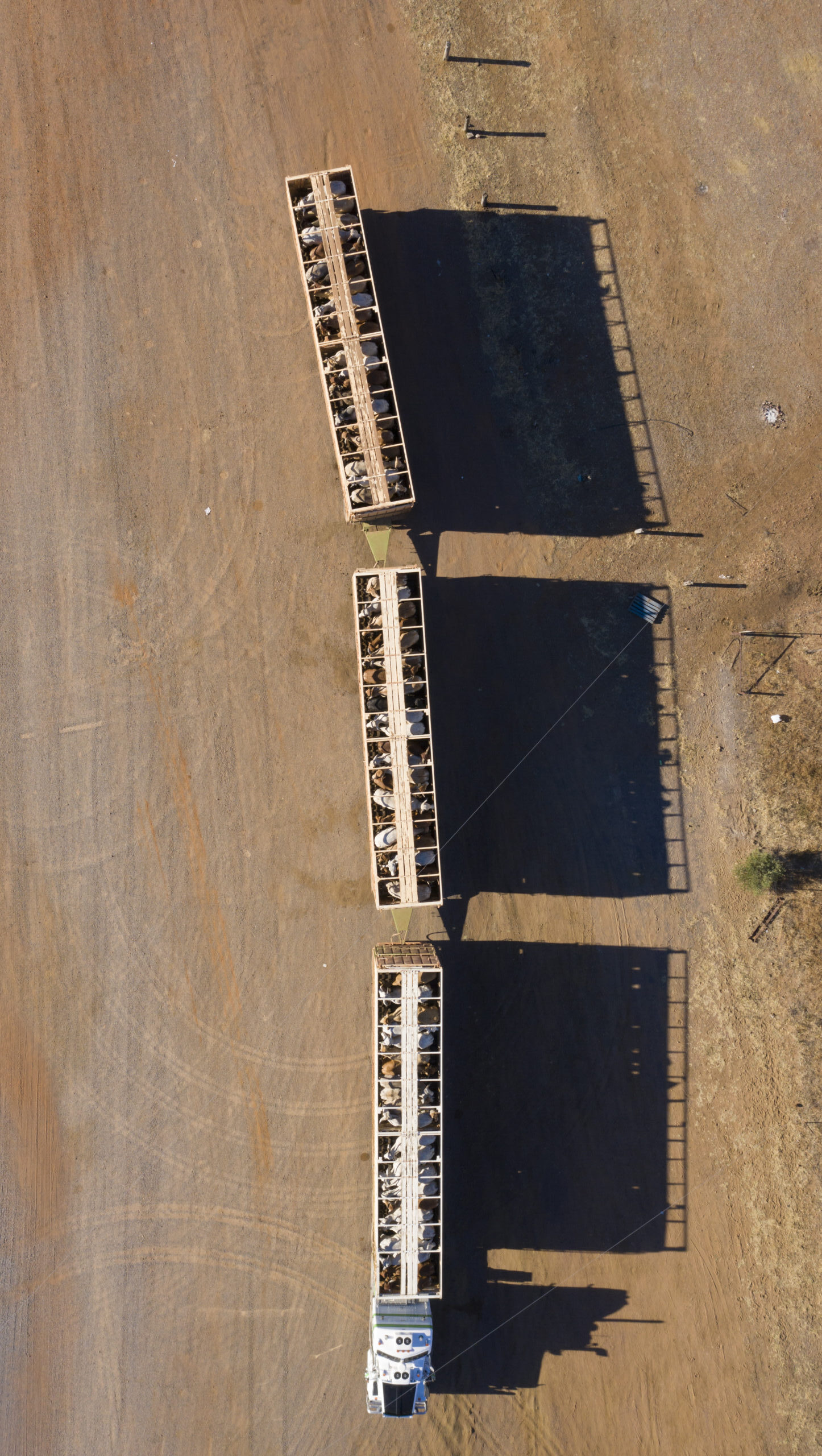PROJECTS
Effluent Code of Practice
ALRTA developed the Effluent Code of Practice
with input from a wide range of industry stakeholders, including transporters, producers, regulators, and animal welfare groups. This comprehensive code provides practical guidelines for managing livestock effluent during transport, helping to reduce spillage, improve road safety, and enhance animal welfare. By addressing the environmental and public health impacts of effluent, the code also contributes to cleaner roads and better public amenities, creating a more responsible and sustainable rural transport industry.

Key Points
- Effluent Spillage: Unavoidable during livestock transport, impacting road safety and community amenity.
- Compliance: Helps meet HVNL requirements, ensuring all parties in the Chain of Responsibility (CoR) manage effluent effectively.
Benefits
- Safety: Enhances road safety and worker health.
- Animal Welfare: Improves conditions for livestock.
- Environmental Protection: Reduces environmental risks.
- Community Support: Maintains community backing for the industry.

Legal Use
- Court Evidence: Can be used as evidence in legal settings.
- Investigation Tool: Helps compliance officers identify noncompliance causes.
Risk Management
- Safety Management System (SMS): Recommends integrating all risk management elements into a single system.
Feedback
Contact codes@nhvr.gov.au. For questions, call 02 6247 5434 or email office@alrta.org.au.